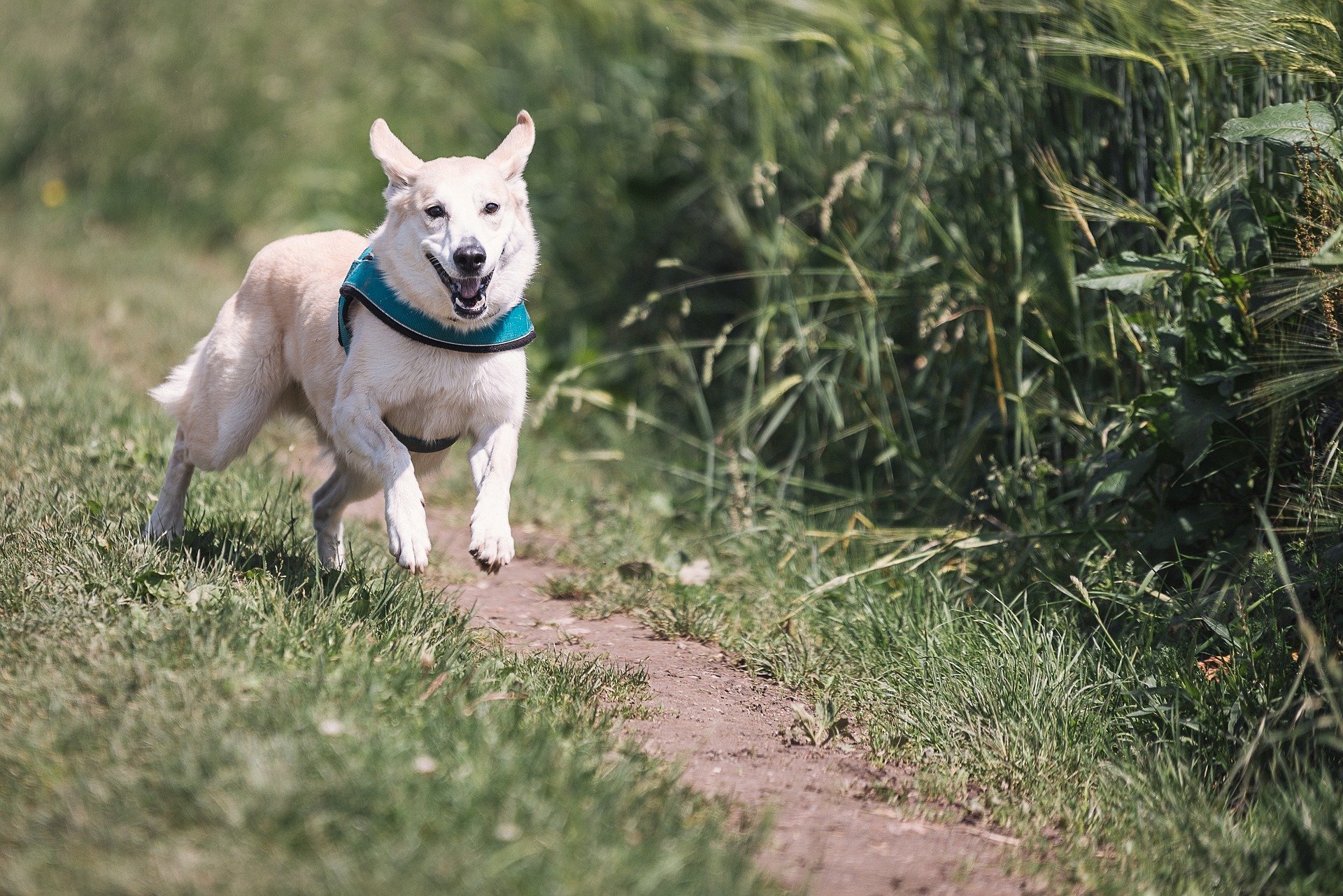“Recall” refers to how a dog responds and comes to you when called. Teaching this skill to your dog is extremely helpful, and can even save their life in certain situations. Building a strong recall depends on teaching your dog to choose you over any other stimulus. Regardless of what they are doing or interacting with, you expect them to “drop it” and come to you when you call their name. This requires time, patience, and lots of rewards.
From your dog’s perspective, being called back often has little to no reward attached. If you had the choice between running after a rabbit you saw or going back to your owner (who is frustrated and shouting angrily at you), you’d want to choose the rabbit, right? You need to make sure they always want to choose you over another distraction.
Working on Recall
The first step is to pay attention to your tone of voice. Even when they don’t listen, it’s important to remain calm and inviting. Once the dog does come back, reward them for finally returning instead of punishing them for not coming immediately. This way, they learn that coming back to you means attention and treats, not punishment.
Pick a command word and stick with it. Never use that word for anything else, including for calling your dog within the house. Your recall command should only be used outside so your dog understands the expectations for the command.
Keep progress slow and steady. Begin your training on a leash. Practice getting your dog to come to you from only a few feet away. This may seem silly, but when they smell something interesting or spy another dog, it can be difficult to get them to turn their attention to you. Reward them heavily each time they respond to you.
Keep your recall training sessions short, consistent, safe, and fun. Choose a location that is fenced and free of distraction when beginning–a busy park is not going to result in much progress. As your dog improves, move to quiet open spaces away from roads.
Keep it interesting. By providing different rewards, mixing up the treats you bring, and varying the verbal praise you give, your pup knows to expect something exciting. Variations will keep them curious every time.
Add a release command. Words such as “okay” or “go” will signal that you no longer need your dog near you. This is its own reward–your pup has listened, done what you asked, and now gets to go back to whatever they were doing before you called them.
Once your dog has mastered their recall, you can feel confident that you have control and can keep your dog safe. While most dogs are never 100% perfect with their recall, your dog should reliably listen most of the time. As you train, learn what distractions your dog struggles most with–it might be loud noises that frighten them and cause them to run instead of listening to you, or they might not be able to resist chasing a squirrel. Once you know these triggers, you can keep an eye out and be best prepared to leash your pup when you notice them.
Need help? Call the experts at Gulf Coast K9 Dog Training. Our intensive, 2-week obedience programs will provide your dog with the training they need to be safe, happy and obedient members of the family.





